Since the beginning of time, flowers have been used medicinally by healers of all cultures. They’ve been used for healing and for harm, for seasoning foods and even as a primary source of sustenance. The folklore surrounding wildflowers is rich and varied but some of those tales are more than just lore – they’re actually backed by science and proven by time. You should know about which wildflowers are worth being in your medical kit in case you need them.
Since we’re talking about plants found in North America, we should take some notes from the Native American tribes. They had herbology down to an art (or more accurately, a science) and many of the names of flowers even came from them.
Medicinal use probably started because plants were used for sustenance, then people noticed side effects of some of the plants. Maybe they got sick, or their headaches went away. At any rate, as they ate, they learned.
Scientists and botanists have studied many of these plants at length and discovered that healers knew what they were talking about; as much as 25 percent of modern medications, including morphine, codeine and quinine, are plant-based. Though morphine and codeine are made from the illegal opium poppy, there are many medicinal flowers that are perfectly legal. Let’s get started!
1. Spiderwort
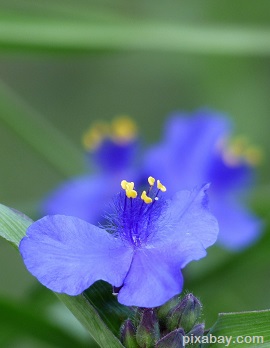
Though you’d already be exposed while waiting for the flowers to change, even though it happens quickly, this would be useful if you’re on the run in a survival situation and notice a change in the local live flowers. Time to turn around and get the heck outta Dodge!
2. Purple Coneflower

The entire purple coneflower plant is medicinal from the leaves and flowers to the roots, but the roots are what are considered to be the most potent.
3. Self-heal
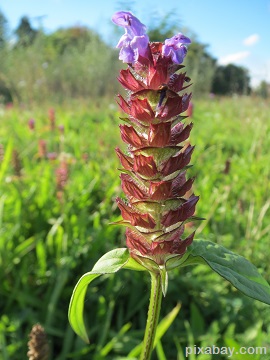
It used to be rubbed on warrior’s wounds to help them heal, and later it was chewed to help get rid of mouth sores and sore throats. Science is showing that it may have pretty potent antibiotic properties, so now we know why it worked so well!
The entire plant is edible but the healing powers purportedly come from the flowers. Eat them raw or dry them to carry with you.
4. Agrimony
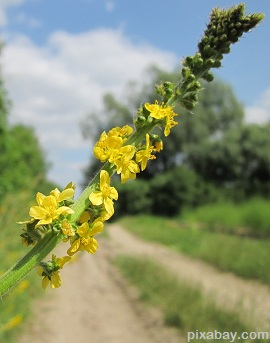
Finally, it’s called Xian He Cao in Chinese medicine and is used to stop bleeding.
A word of caution when using agrimonia: it’s an astringent. Don’t use it if you’re constipated or if you’re pregnant without talking to a doctor.
5. Butterfly Weed
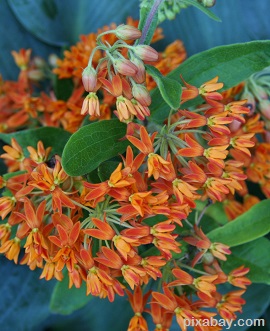
The plant seems to be particularly effective in the lungs, where it helps with spasms and other respiratory diseases. When drunk as a tea, it has a mild calming effect. You can also make a poultice from the root that’s good for bruising, swelling and wound treatment.
6. California Poppy

The flowers, leaves and stems can be made into a tincture to use as a pain reliever, mood stabilizer and mild sedative.
It’s bitter, so be prepared, but it’s worth it.
7. Evening Primrose

Evening primrose also helps relieve pain and is an anti-inflammatory. It also interacts positively with uterine muscle contraction, the nervous system and even metabolism. The leaves and bark are astringent and can also be effective when treating whooping cough, asthma, skin conditions and GI disorders. Phew. That’s a whole lot of uses for just one plant!
9. Lavender

It’s easy to grow and is good for treating stress-related headaches, depression and anxiety.
It’s often used to make a calming, sedative tea. Infusions are also used to soothe insect bites, burns, and headaches. Use the plant, leaves and stems.
10. Chickweed
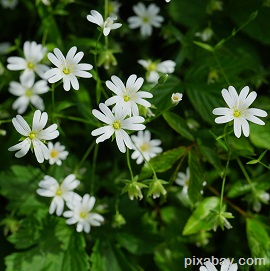
The whole plant is used medicinally as a laxative, gas aid, diuretic, expectorant and astringent. It’s also good to grind into a poultice to treat burns and rashes.
11. Shepherd’s Purse
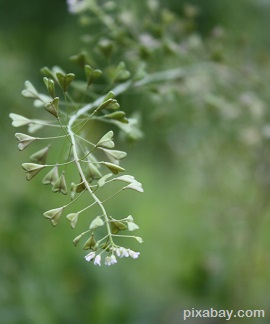
Shepherd’s Purse can be used to staunch the bleeding during childbirth and can be used as a tea or eaten to help with menstrual cramps. Be careful using this dried because it’s thought that it loses some of its power once it’s dried.
12. Skullcap
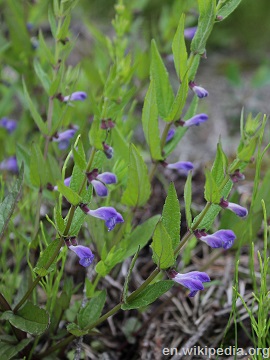
Skullcap is also used as an anti-inflammatory, an astringent, an anti-spasmodic and a sedative. It’s powerful so, as I’ve already stated, use with extreme caution!
There are many different wildflowers out there that have valuable medicinal properties that make them valuable to have in your survival medical kit. We’ve only touched on a handful here so if you have some suggestions, we’d love to hear them in the comments section below!
This article has been written by Theresa Crouse for Survivopedia.



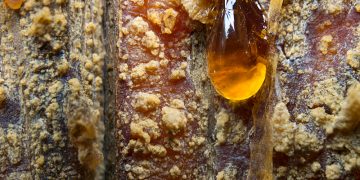




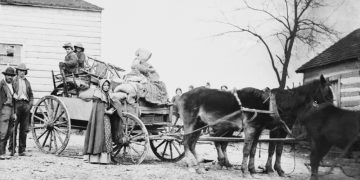

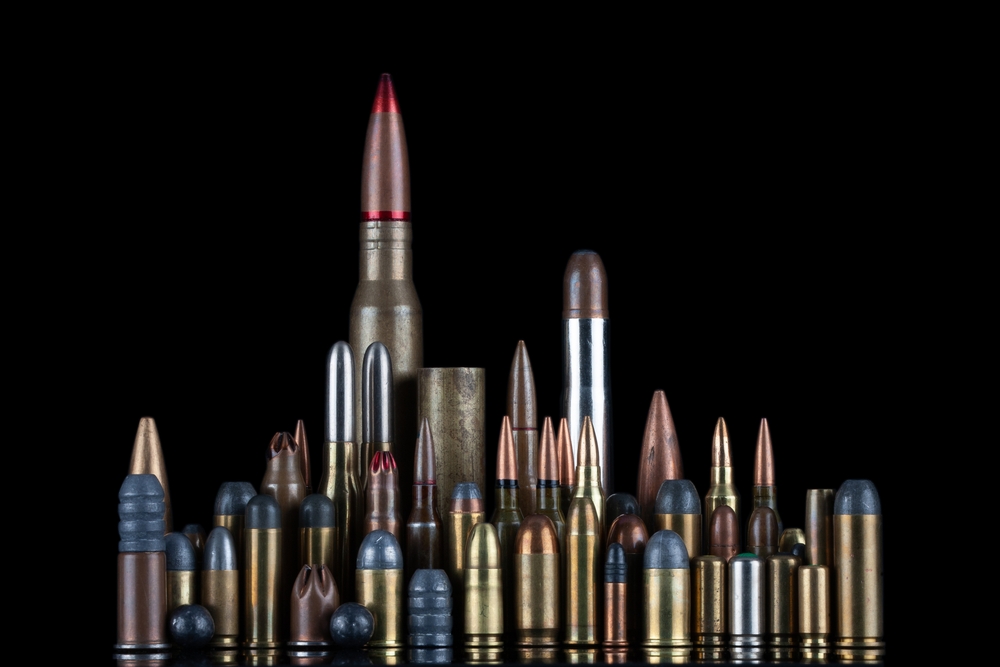



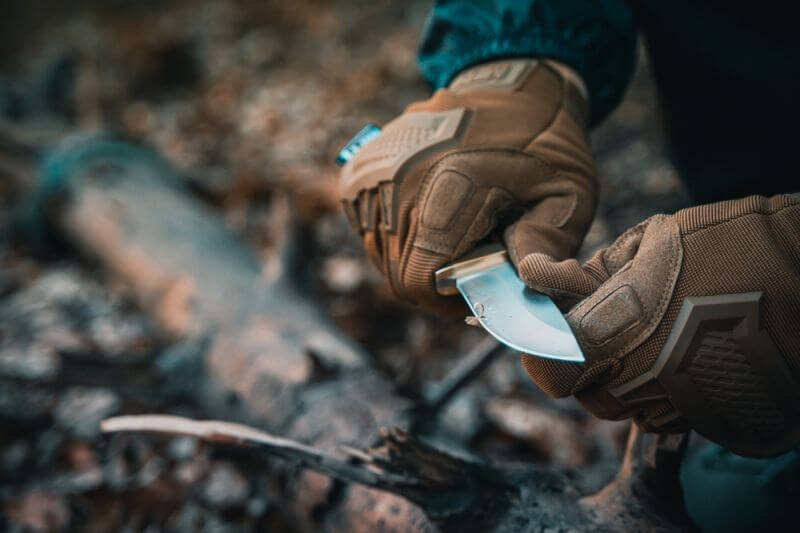
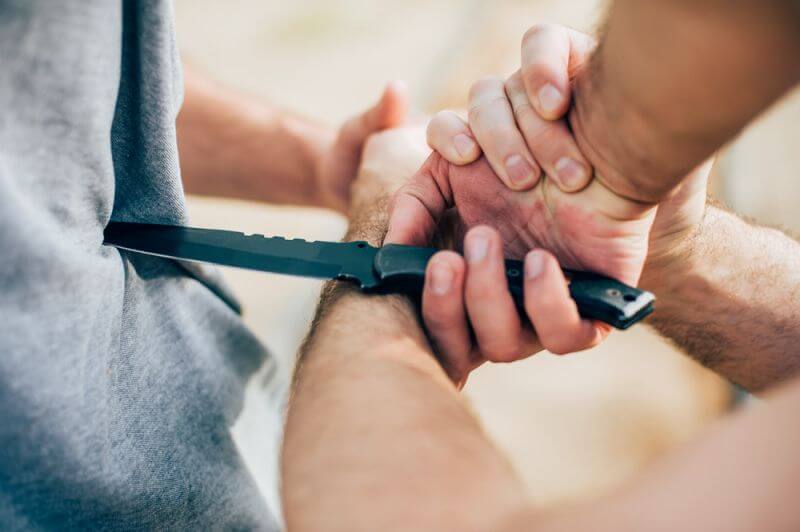





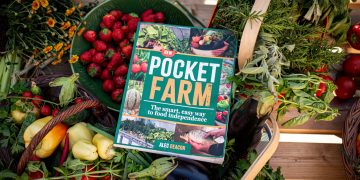
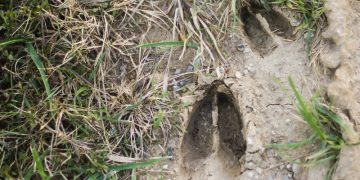







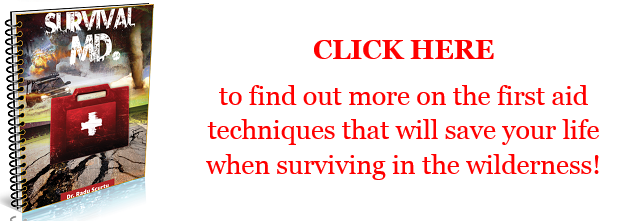







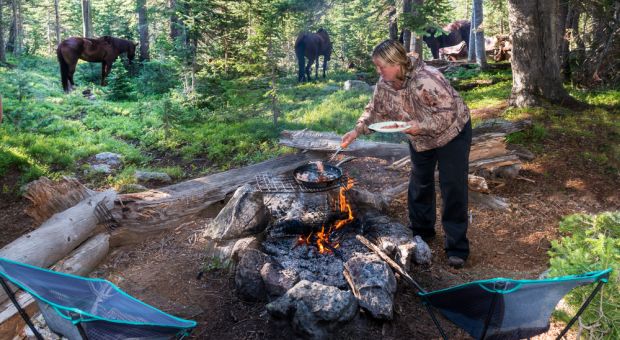

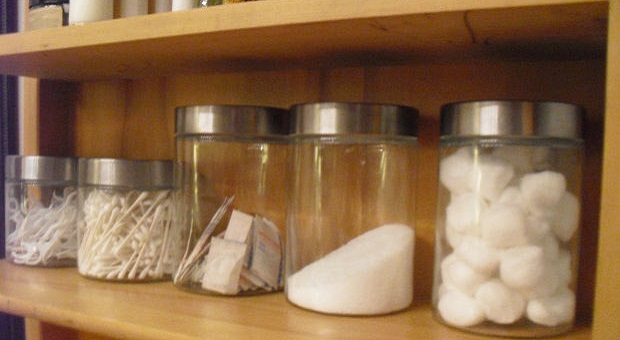



















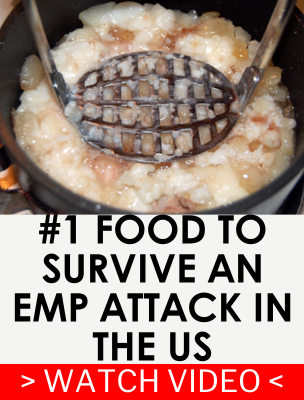
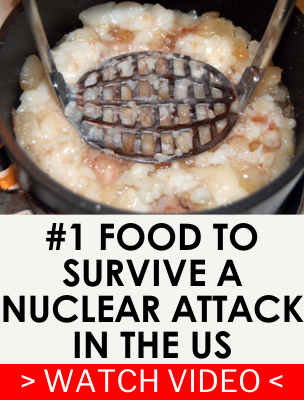
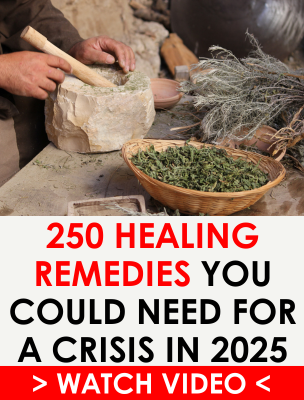

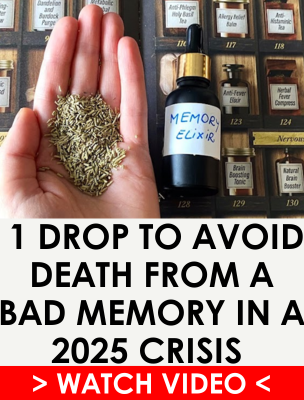


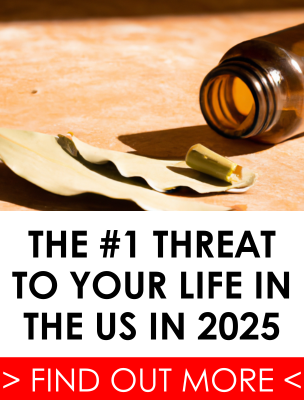






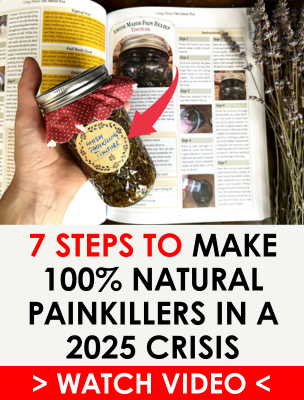

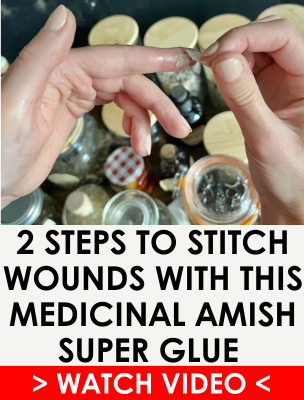
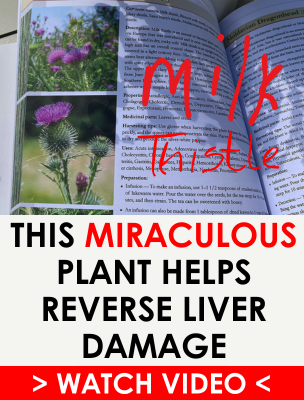






Need spiderwort now
This is a great starter list for beginners. I would caution though, begin with just one and get to know it well. Know whether you and/or your family can tolerate it or have a reaction against it. Just like with foods we eat, each person may have a sensitivity or allergic reaction. If one of these isn’t right for you and yours, do not fear, there are many who care capable of doing the same thing. The key is to get started learning.
Great post.
I wish there was a place where we could purchase seeds of these beneficial plants and grow them in the wild just out side your house. I could quit cutting grass!